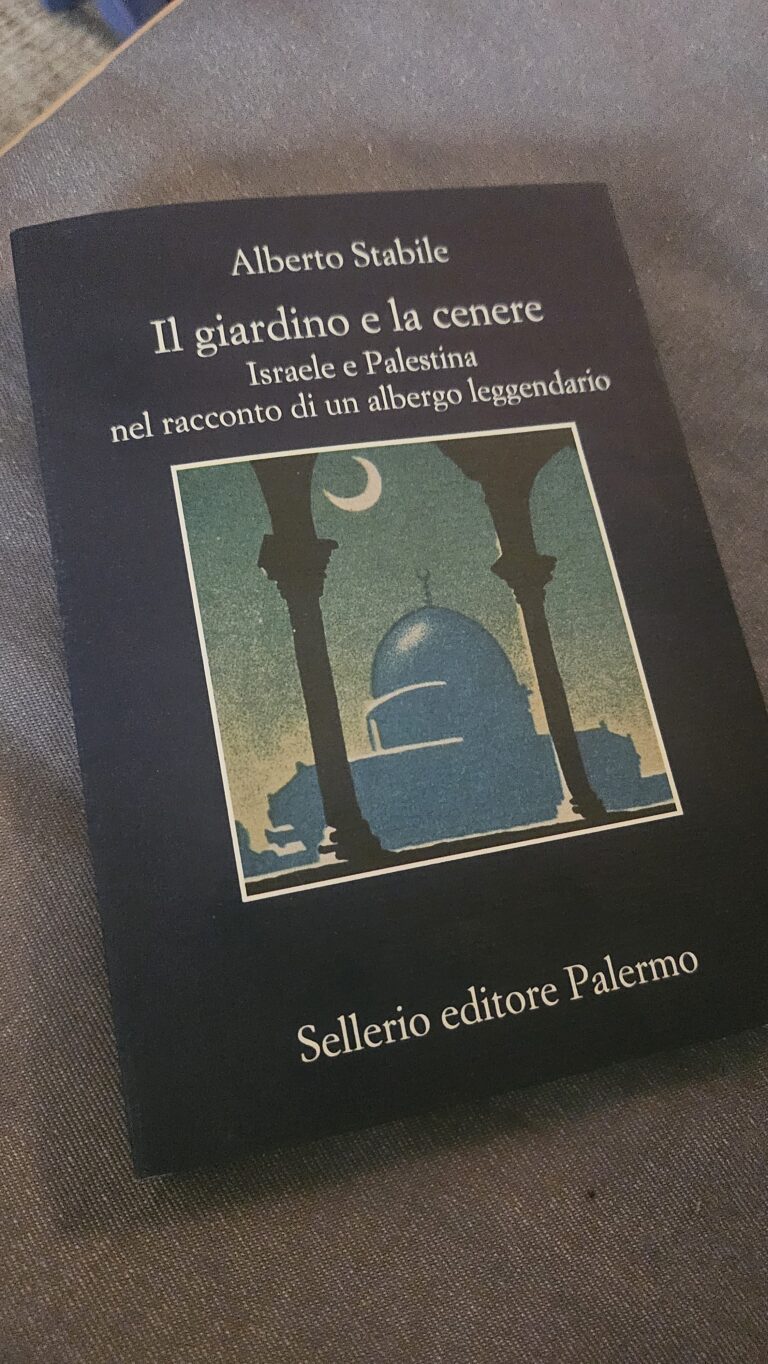Well, do you remember where we left our poor dear Kai? I think the illustrator who mostly nailed the creepy situation is William Heath Robinson, with a bare-breasted Snow Queen on her throne and the boy sleeping at her feet. The main concept is revolving around the apparent inability of the Queen to have children that are not snowflakes (the winter symbolizing the barren season for a woman), which makes her evil and makes her want to steal a child of her own, but her relationship with Kai is not a loving one: she wants someone to mindlessly adore her. Like many parents.
Meanwhile, back home, winter comes and goes and Gerta is sure her best friend is dead. It’s only speaking with the Sun, who knows what happened, that she becomes convinced Kai is not dead and decides to go looking for him. But not before having put on her best red shoes, a recurrent theme for Andersen.
She reaches the river and donates her red shoes to the stream, hoping they will grant her passage on a boat, and she is carried away. She passes different sights, and some of them would have the right to a fairy-tale of their own.
The boat drew near to a big cherry orchard, where you could see a little house with strange red and blue windows and a thatched roof. Two wooden soldiers were posted outside it, and they presented arms to everyone who sailed by.
Eventually, she meets her witch, the counterpart to Kai’s Snow Queen: she’s an old lady and enchants Gerta by offering her cherries and combing her hair with a golden comb. Since Gerda uses to play in the rosegarden with Kai, the witch hides the rosebuds in her garden and the girl stays with her just as much as Kai stays with the Snow Queen.
There are some beautiful illustrations of the witch catching Gerta in her boat, but my favourite has to be this one of the witch combing her hair.
One detail in this illustration is very important: the painted sunhat the witch is wearing because among those flowers we see a rose. And that rose is precisely the thing that jugs Gerda’s memory, regardless of the old woman’s idea of getting rid of any actual rose in her garden.
“Why are there no roses here?” Gerda asked. She ran around all the flower beds, searching high and low, but there was not a rose in sight. Then she sat down and burst into tears. Her hot tears hit the very spot where a rosebush had disappeared, and when Gerda’s warm tears moistened the earth, the rosebush suddendly shot up. It was in full bloom, just like on the day it disappeared. Gerda put her arms around the bush, kissed the blossoms, and remembered all the lovely roses back home. That made her think about Kai.
Without spoilers, let us remember this scene, as this will not be the last time Gerda’s tears act as a spell-breaker.
Gerda talks with all the flowers, starting from the roses, and they are able to provide a terrific insight, as they have been a lot of time under the ground, where dead people are, and Kai was not amongst them. Good news!
Next up is the tiger-lily, who decides to tell a story about the Indian custom of burning widows on their husband’s pyre. Luckily enough, Gerda doesn’t understand.
It follows the morning glory, who tells a story sounding a lot like Rapunzel, with a beautiful lady on top of the tower, waiting for her love to come and break her free. But it doesn’t have anything to do with Kai.
The daisy is the only one to tell a story I couldn’t recognize, a simple story of children playing on a swing, while one blows water bubbles. This last tale has a beautiful illustration by William Heath Robinson.
Eventually comes the hyacinth but he’s not much more useful: his story talks about three beautiful sisters dancing into a wood and getting out in coffins because we’re all very merry.
The buttercup tells a sunny story, but useless nonetheless, and so does the vain narcissus.
Like Alice, Gerda eventually flees from the useless flowers and stands at the gate of the garden, where the spell is eventually broken. She realizes she has wasted a lot of time (and so have we): it’s autumn and she rushes away from the old woman’s house.
And so do we.











No Comments